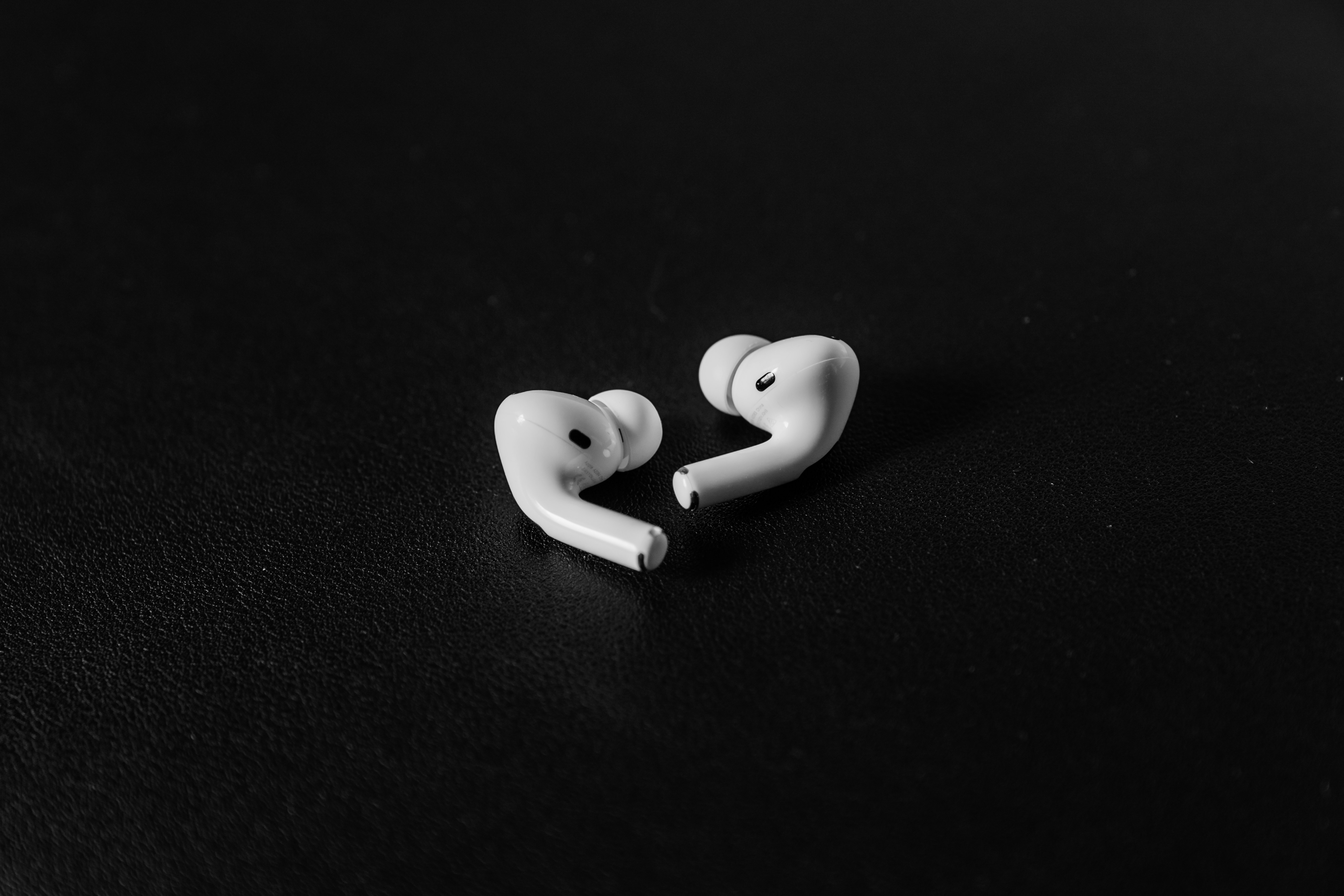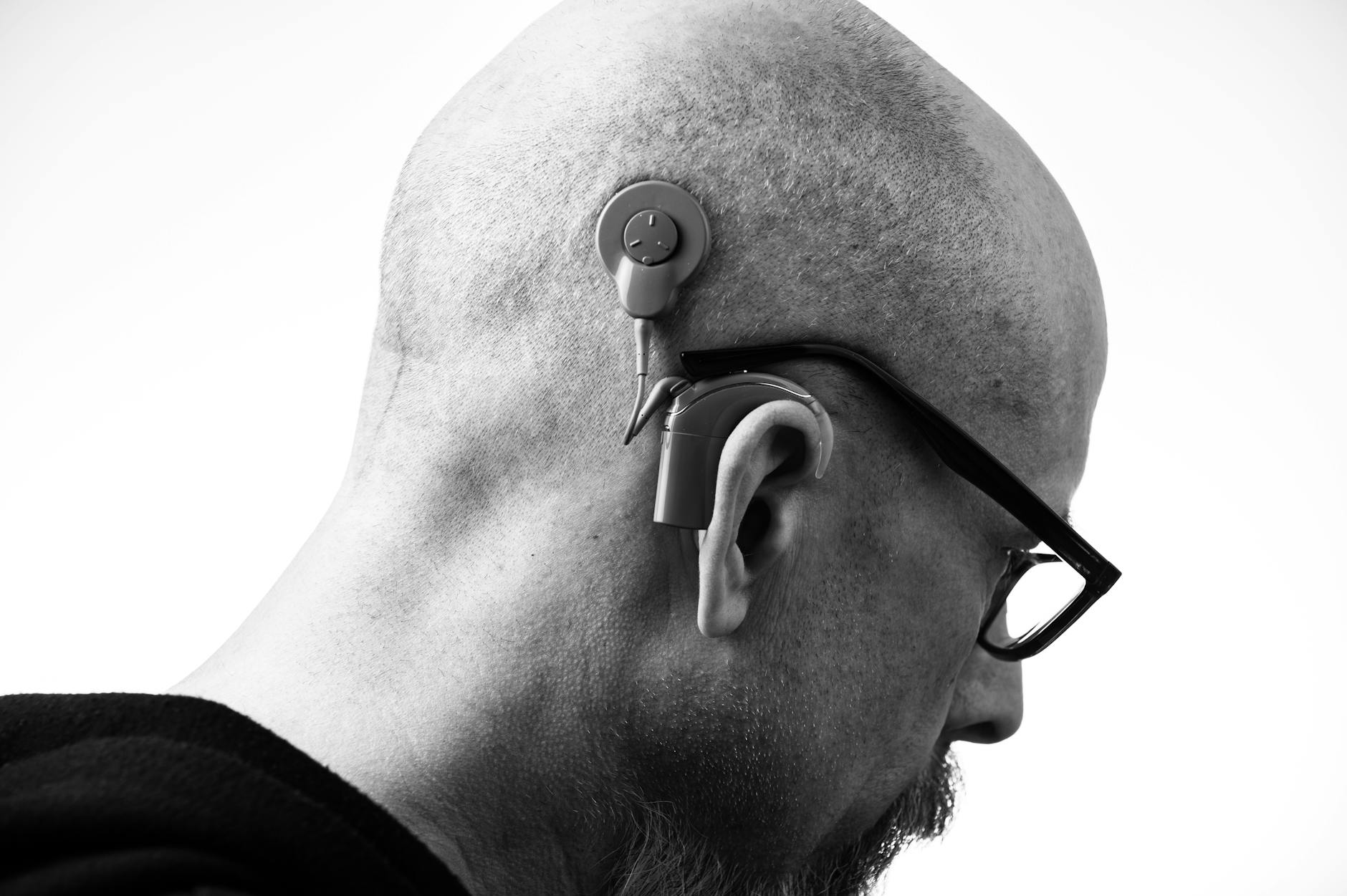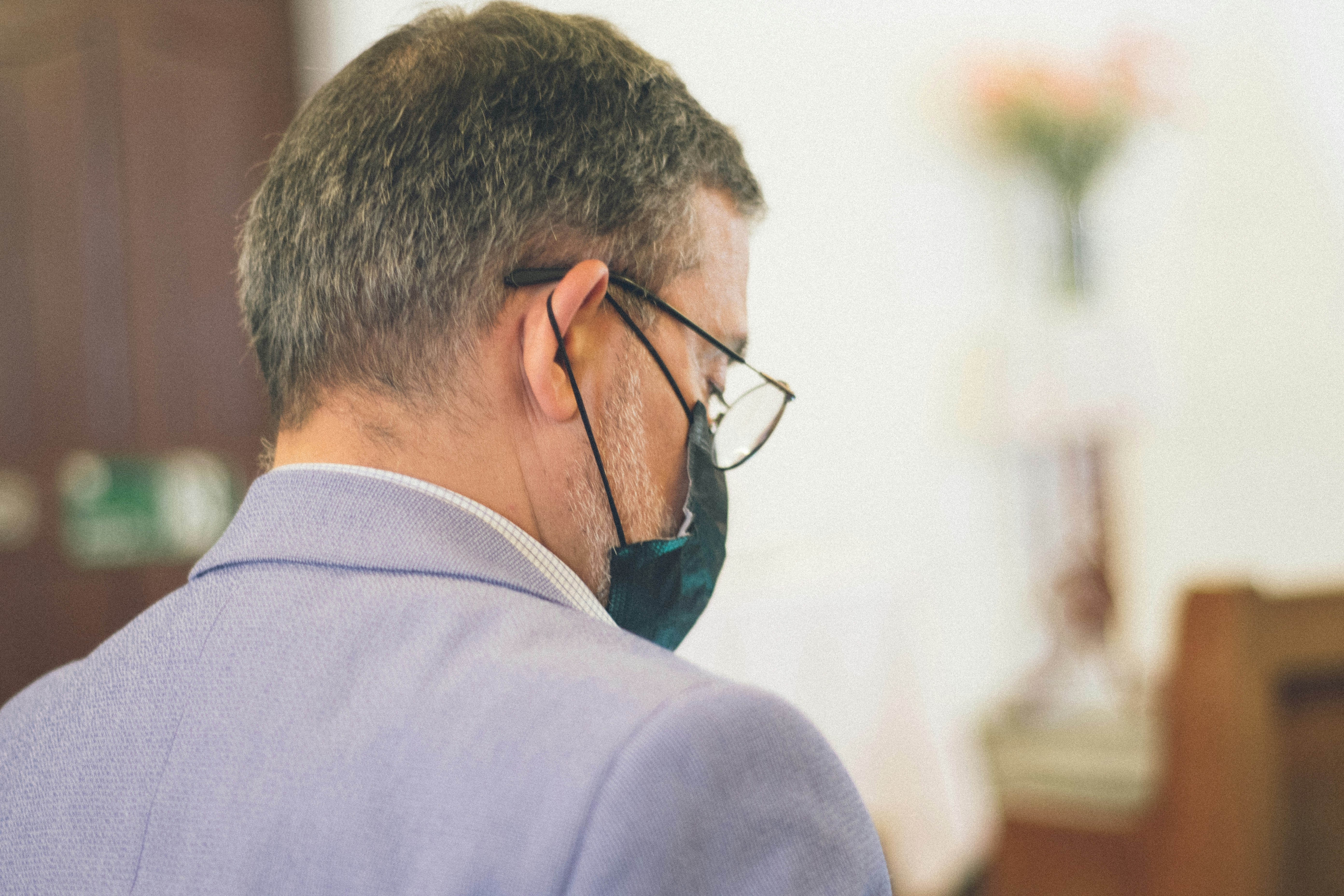When one ear sounds like it’s under water, pops but won’t clear, or amplifies your own voice, it’s not “just in your head.” In many adults, the culprit is Eustachian tube dysfunction (ETD)—a pressure‑balance issue that can make hearing feel muffled, echoey, or off-kilter. The good news? With the right strategy, most cases are manageable, and your hearing can be protected.
What’s Actually Going On Inside Your Ear
Your Eustachian tubes are narrow, flexible channels that connect the middle ear to the back of your nose. Their job is simple but essential: equalize air pressure, ventilate the middle ear, and drain fluid. When they don’t open and close properly, pressure falls out of balance and sound conduction suffers. That’s Eustachian tube dysfunction.
Why ETD Makes Sounds Muffled
Sound needs a freely moving eardrum and tiny middle-ear bones to reach your inner ear. If the pressure behind the eardrum is off or fluid builds up, the drum stiffens or retracts. The result is a temporary, usually reversible, conductive hearing loss—your inner ear can still “hear,” but sound isn’t getting there efficiently.
Types of ETD You Might Experience
- Obstructive (dilatory) ETD: The tube doesn’t open well. Triggers include allergies, colds, sinus inflammation, nasal congestion, or structural narrowing.
- Baro-challenge–induced ETD: Symptoms mainly during rapid altitude changes—flying, diving, mountain drives.
- Patulous ETD: The tube stays too open. You may hear your own voice or breathing loudly (autophony). Management differs from obstructive ETD.
Common Triggers in Adults
- Seasonal or perennial allergies (nasal inflammation narrows the tube opening)
- Colds and sinus infections
- Air travel and diving (pressure swings)
- Gastroesophageal reflux irritating the nasopharynx
- Environmental smoke or pollutants
- Rapid weight changes, dehydration, and prolonged nasal decongestant use (may contribute to patulous ETD)
How ETD Feels: Symptoms Checklist
- Ear fullness or pressure that won’t “pop”
- Muffled hearing that fluctuates
- Popping, crackling, or a sloshing sensation
- Ear discomfort with altitude changes
- Tinnitus (ringing or buzzing)
- Autophony—your voice or breathing sounds too loud (more typical of patulous ETD)
Quick note: ETD can mimic or coexist with other issues like earwax blockage, middle ear infection, or inner-ear conditions. If symptoms are persistent or one-sided, an audiologist or ENT can help pinpoint the cause.
What You Can Do Now: Safe, At‑Home Strategies
For many adults, ETD improves over days to weeks as congestion settles. These evidence-informed steps are gentle on your ears and can help your tubes function better:
Encourage Natural Equalization
- Swallow, yawn, and sip water frequently. Chewing sugar-free gum or sucking on lozenges stimulates swallowing.
- Toynbee maneuver: Pinch your nose and swallow to help open the tube.
- Gentle autoinflation: Pinch your nose, close your mouth, and gently exhale against the pinch—just enough to feel pressure shift. Stop if there’s pain or dizziness. Avoid forceful “hard pops,” which can injure the ear.
Calm the Nasal Lining
- Saline nasal rinses or sprays to reduce irritants and thin mucus.
- Allergy management: If allergies are a trigger, daily intranasal corticosteroid sprays (used correctly and consistently) can help. Ask your clinician or pharmacist about technique and timing.
- Humidify, hydrate, and avoid smoke. Dry air and irritants worsen symptoms.
Use Decongestants Carefully
- Short-term oral or topical decongestants may provide brief relief for some adults during flights or acute colds, but they’re not for everyone. Avoid multi-day use of topical nasal decongestants (rebound congestion), and check with your clinician if you have high blood pressure, heart conditions, thyroid issues, or are pregnant.
If symptoms don’t improve within a couple of weeks—or interferes with daily life—book with an audiologist or ENT to explore targeted options.
When to Call a Pro (And When to Go Now)
- Seek urgent care for sudden, significant hearing loss, severe spinning vertigo, intense ear pain with fever, or bloody/pus-like drainage.
- Schedule a prompt evaluation if symptoms are one-sided and persistent; if you have recurrent ear infections; if hearing feels "off" for more than 2–4 weeks; or if you rely on flying/diving for work.
An audiologist can test your hearing and middle-ear function and collaborate with an ENT if medical treatment is needed.
How ETD Is Evaluated
- Otoscopy: A look at your eardrum for signs of retraction, fluid, or infection.
- Tympanometry: A quick, painless measurement of eardrum movement and middle-ear pressure. ETD often shows negative pressure or reduced mobility.
- Audiogram: A hearing test to quantify any conductive component and differentiate from inner-ear (sensorineural) hearing loss.
- Nasal endoscopy (ENT): A small scope can visualize the Eustachian tube opening and surrounding tissues, guiding treatment.
Targeted Treatments If Symptoms Persist
Medical Management
- Intranasal corticosteroid sprays: Especially if allergies or chronic rhinitis are drivers. Consistency and correct technique matter; effects build over 1–2 weeks.
- Allergy therapies: Antihistamines, allergen avoidance, or immunotherapy for appropriately diagnosed allergic rhinitis.
- Autoinflation devices: Balloon-based tools (for example, Otovent) can support pressure equalization. Evidence is stronger in children with effusion, but some adults report benefit under clinician guidance.
- Address contributing conditions: Treat sinus disease, manage reflux, and review medications that may dry nasal passages.
Office Procedures
- Myringotomy with tympanostomy (ear) tubes: Creates a temporary ventilation pathway when fluid persists behind the eardrum and affects hearing or comfort.
- Eustachian tube balloon dilation (BTED): A minimally invasive procedure that gently dilates the cartilaginous portion of the tube to improve function in selected adults with chronic obstructive ETD. Not for patulous ETD. Discuss candidacy, benefits, and risks with an experienced ENT.
Special Case: Patulous ETD
When the tube stays too open, traditional decongestants and aggressive autoinflation can worsen autophony. Helpful approaches may include hydration, nasal saline, avoiding stimulants that dry mucosa, and positional strategies (reclining may help). ENT-directed therapies exist for stubborn cases.
Protect Your Hearing During Flights, Drives, and Dives
Pressure changes stress the Eustachian system. A little planning goes a long way.
- Before flying: If you’re prone to ETD, consider starting a nasal steroid spray several days before travel. Discuss short-term decongestants with your clinician if appropriate.
- During ascent/descent: Stay awake for takeoff/landing. Swallow, yawn, and sip water. Chew gum or use lozenges.
- Filtered earplugs (e.g., EarPlanes): These can slow pressure changes and make equalization easier.
- Don’t fly with a severe cold or ear infection if you can avoid it. If you must, talk to your clinician ahead of time.
- Divers: Equalize early and often. Never force. If one ear won’t clear, abort the dive and seek evaluation before returning to depth.
Do Hearing Aids Help ETD?
Hearing aids don’t fix pressure problems, but they can support communication if a stable conductive hearing loss persists (for example, from chronic fluid or structural change) or if there’s a mixed picture with inner-ear involvement. The first step is always identifying and treating reversible causes. If you’re considering amplification, an audiologist can measure your hearing, discuss timing, and coordinate care with your ENT. Avoid placing devices in the ear canal if you have active drainage unless cleared by your clinician.
Living With Recurring ETD: Practical Habits
- Track your triggers: Note symptoms alongside allergies, colds, flights, or reflux flares.
- Mind your air: Use a humidifier during dry seasons. Avoid smoke and irritants.
- Allergy plan: Work with your clinician on a consistent regimen if allergies are a driver.
- Gentle equalization: Practice safe techniques routinely rather than forceful “pops.”
- Follow up: If your hearing doesn’t feel “back to normal,” schedule a hearing test. Even temporary conductive loss can impact work, driving safety, and social connection.
The Bottom Line
That stubborn full, echoey ear is often a pressure problem—not permanent hearing loss. Respect your ears with gentle equalization, smart nasal care, and planning for pressure changes. If symptoms linger, an audiologist and ENT can pinpoint the cause and offer treatments—from targeted sprays to in-office procedures—that protect both comfort and hearing.
If you’re unsure whether your symptoms are ETD or something else, don’t wait. Book a hearing evaluation with an audiologist and, if needed, an ENT. Clear answers lead to better hearing.
Frequently Asked Questions
Is it safe to ‘pop’ my ears?
Gentle techniques are generally safe: swallow, yawn, sip water, or use the Toynbee maneuver (pinch your nose and swallow). If you try to exhale against a pinched nose, do it very gently—stop if you feel pain, dizziness, or hear a sharp crack. Avoid forceful ‘hard pops,’ which can injure the eardrum. If you frequently need to pop your ears or it doesn’t work, see an audiologist or ENT.
Can Eustachian tube dysfunction cause permanent hearing loss?
ETD most often causes a temporary conductive hearing loss that improves as pressure and fluid normalize. However, chronic negative pressure and recurrent fluid can, over time, affect middle-ear structures. The key is timely evaluation and treatment if symptoms persist. An audiologist can quantify any hearing change and monitor recovery.
Will decongestants fix ETD?
They may give short-term relief for some adults during acute congestion, especially around flights, but they’re not a cure and aren’t right for everyone. Topical nasal decongestants shouldn’t be used for more than a few days due to rebound congestion. People with certain medical conditions should avoid decongestants entirely. Ask your clinician what’s appropriate for you.
How do I know if I have patulous ETD?
If your own voice, breathing, or chewing sounds unusually loud in the affected ear—and symptoms often improve when you lie down—you may have patulous ETD. Decongestants can worsen it. An ENT can confirm with examination and suggest tailored treatments.
References
- AAO-HNS Bulletin – Eustachian Tube Dysfunction: Evidence and Controversies
- NICE Interventional Procedures Guidance IPG665 – Balloon dilation of the Eustachian tube



